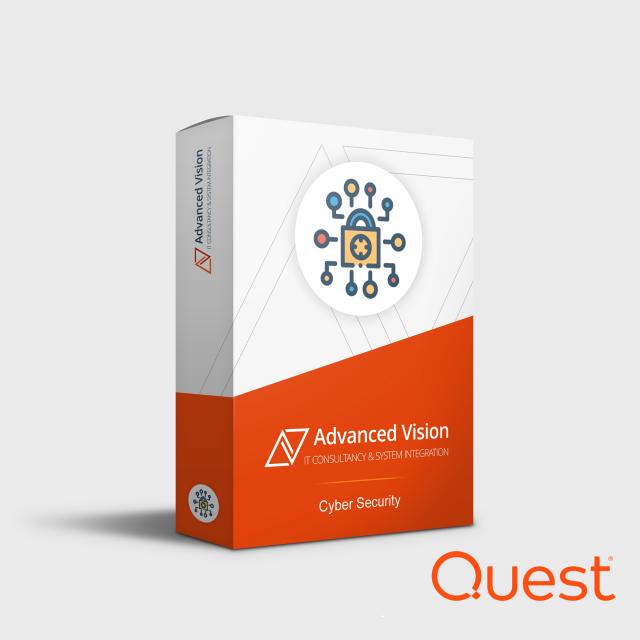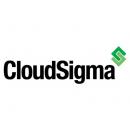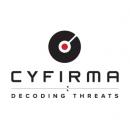QUEST WINDOWS BACKUP AND RECOVERY
Backup and recovery solutions for Active Directory (AD), Azure AD, Office 365, and Exchange
⇒ Backup And Recovery For AD, Azure AD, Office 365, And Exchange
- Backup and recovery solutions for Active Directory (AD), Azure AD, Office 365, and Exchange allow organizations to back up and restore their critical data in the event of a data loss or disaster. These solutions ensure that data is protected and available when needed and can help organizations meet regulatory and compliance requirements.
- Backup and recovery solutions for AD typically include the ability to perform full and incremental backups of AD data, including user accounts, passwords, security groups, and other directory information. These solutions can also provide granular recovery options, allowing administrators to recover specific objects or attributes from backups.
- For Azure AD and Office 365, backup and recovery solutions typically include backing and restoring user mailboxes, SharePoint sites, OneDrive for Business data, and other critical data stored in these cloud services. These solutions can also provide advanced features such as archiving and compliance, eDiscovery, and granular recovery options.
- For Exchange, backup and recovery solutions typically include the ability to perform full and incremental backups of mailbox databases, public folders, and other Exchange data. These solutions can also provide granular recovery options, allowing administrators to recover specific mailboxes, messages, or other Exchange data from backups.
⇒ Active Directory Recovery
Active Directory (AD) recovery refers to the process of restoring a failed or corrupted AD environment to a working state. AD is a critical component of many Windows-based networks, and its failure can lead to serious consequences, including loss of data, business downtime, and security breaches.
There are several approaches to AD recovery, depending on the nature and severity of the issue. Some common methods include:
- Authoritative Restore: Used when a single domain controller (DC) has failed or become corrupted. This involves restoring the AD database from a backup and marking the restored data as authoritative to ensure that it is replicated to other DCs in the domain.
- Non-Authoritative Restore: Used when multiple DCs have failed or become corrupted. This involves restoring the AD database from a backup and allowing it to be replicated from other DCs in the domain.
- Rebuild AD Environment: Used when no viable backup is available or the corruption is widespread. This involves creating a new AD environment from scratch and manually re-creating the necessary objects and configurations.
⇒ Azure AD And Office 365 Recovery
- Office 365 recovery refers to the process of restoring lost or deleted data in Microsoft Office 365 applications, such as Outlook, OneDrive, SharePoint, and Teams. Data loss can occur due to various reasons, such as accidental deletion, malicious attacks, software or hardware failures, or human error.
- Office 365 provides several built-in features to help users recover lost or deleted data, such as the "Deleted Items" folder, "Recoverable Items" folder, and "Version History". However, these features have limitations, and data recovery may not be possible if the data is permanently deleted or overwritten.
- To ensure complete and reliable recovery of lost data, organizations can use third-party tools or backup solutions that can provide advanced recovery features such as point-in-time, granular, and cross-platform recovery. These solutions can help organizations quickly restore data to its original location or an alternate location, minimize downtime, and reduce the risk of data loss.
- Overall, having a solid backup and recovery plan is crucial to ensure the safety and availability of critical data in Office 365.
⇒ Exchange Recovery
- Exchange recovery is the process of restoring a Microsoft Exchange Server to a previous state after a failure or disaster has occurred. Exchange Server is a popular email and messaging platform used by many organizations, and a loss of data or availability can have significant consequences.
- Exchange recovery typically involves restoring the Exchange database from a backup or replica and then replaying transaction logs to recover any missing data. Specialized recovery tools may sometimes be required to extract data from a damaged or corrupt database.
- Exchange recovery can be a complex and time-consuming process, especially in large organizations with many mailboxes and complex configurations. It is important to have a well-defined recovery plan in place to minimize downtime and data loss in the event of a failure.
- To ensure a successful Exchange recovery, it is recommended to test backups and perform disaster recovery drills regularly. This can help identify any issues or gaps in the recovery plan before an actual disaster occurs and ensure that critical data is protected and can be quickly recovered when needed.
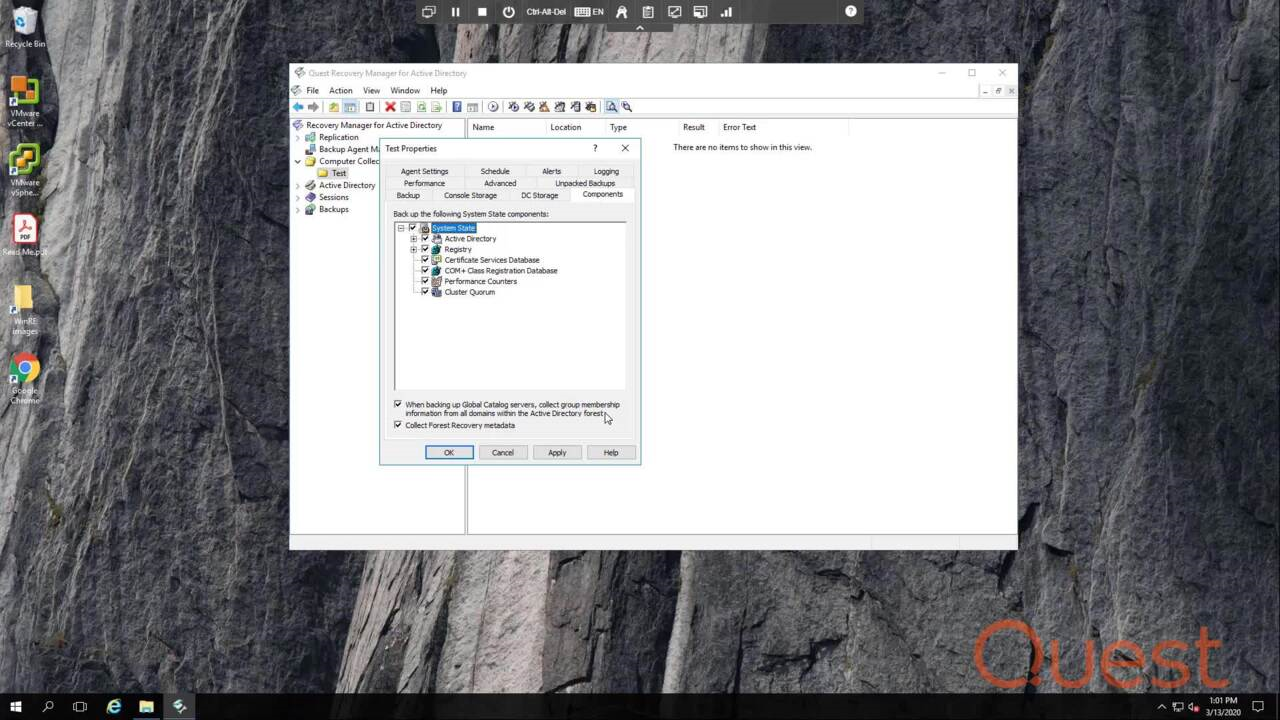
⇒ Quest Windows Backup & Recovery Use Cases
- Backup and recovery of critical data: Quest Windows Backup and Recovery can be used to create backups of critical data, including files, folders, and application data. This ensures that data can be easily recovered in case of data loss due to hardware failure, software errors, or other causes.
- Disaster recovery: In the event of a disaster such as a fire or a flood, Quest Windows Backup, and Recovery can be used to quickly restore data and applications to their previous state. This helps organizations minimize downtime and get back to normal operations as quickly as possible.
- Migration: Quest Windows Backup and Recovery can also be used to migrate data and applications from one server or location to another. This is useful for organizations that are upgrading their hardware or moving their data to a cloud-based environment.
- Compliance: Quest Windows Backup and Recovery can help organizations meet compliance requirements by ensuring that data is properly backed up and can be easily restored in case of an audit or other compliance-related event.
- Testing: Quest Windows Backup and Recovery can also be used for testing purposes, such as testing disaster recovery plans or testing new software applications before deploying them to production environments.

⇒ Advanced Vision IT Ltd Cybersecurity Products & Software
To build good cybersecurity protection, you need physical products and software that will help strengthen your network against attacks. If you want to view some of the ADVANCED VISION IT's cyber protection solutions, click on the links below.
- Endpoint security and antivirus software - offer a centralized management system from which security administrators can monitor, protect, and investigate vulnerabilities across all endpoints, including computers, mobile devices, servers, and connected devices. Antivirus software helps keep a computer system healthy and free of viruses and other types of malware.
- Employee Monitoring Solution - Employee monitoring solutions are software tools that enable employers to monitor the activities of their employees while they are at work. These solutions can be used to track employees' computer usage, including their internet browsing history, email communication, keystrokes, and application usage.
- Cybersecurity Backup - A backup is a copy of the system or network's data for file restoration or archival purposes. Backups are an essential part of a continuity of operations plan as they allow for data protection and recovery.
- Еmail Protection - refers to technology designed to prevent, detect and respond to cyber-attacks delivered through email. The term covers everything from gateways email systems to user behavior to related support services and security tools.
- Password Vault Manager - A password vault, password manager, or password locker is a program that stores usernames and passwords for multiple applications securely and in an encrypted format. Users can access the vault via a single “master” password.
- Vulnerability Assessment & Patch Management - The main difference between patch management and vulnerability management is that patch management is the operational process of applying remediations (patches) to vulnerable systems. Vulnerability management is the process of identifying, scanning, and prioritizing vulnerabilities for remediation.
- Data loss prevention (DLP) - makes sure that users do not send sensitive or critical information outside the corporate network.
- Microsoft Office 365 and Azure Backup and Migration - Microsoft Office 365 is a cloud-based suite of productivity and collaboration tools that includes popular applications such as Word, Excel, PowerPoint, and Outlook. Azure Backup and Migration are cloud-based services offered by Microsoft that allow organizations to protect and migrate their data to the cloud.
- Zero Trust Network Access (ZTNA) Solution - Zero Trust Network Access (ZTNA) is a security model that assumes that every user, device, and network connection is potentially insecure and should not be trusted by default. ZTNA replaces traditional perimeter-based security models, assuming that all network users and devices are trusted.
- Cloud Security - Cloud security is a collection of security measures designed to protect cloud-based infrastructure, applications, and data. These measures ensure user and device authentication, data and resource access control, and data privacy protection.
- Next-Generation Firewall - protects your network by filtering traffic and acting as a guard between your internal network and the rest of the world. Without a Firewall, your business systems could be left wide open and vulnerable to attack. It also serves as another protective layer to block malicious software.
- Active Directory Security and Recovery are critical components of any organization's cybersecurity strategy. Here are some key steps that can be taken to secure and recover Active Directory.
- SIEM & SOAR - SIEM (Security Information and Event Management) and SOAR (Security Orchestration, Automation, and Response) are both tools used in cybersecurity to monitor and respond to security threats.
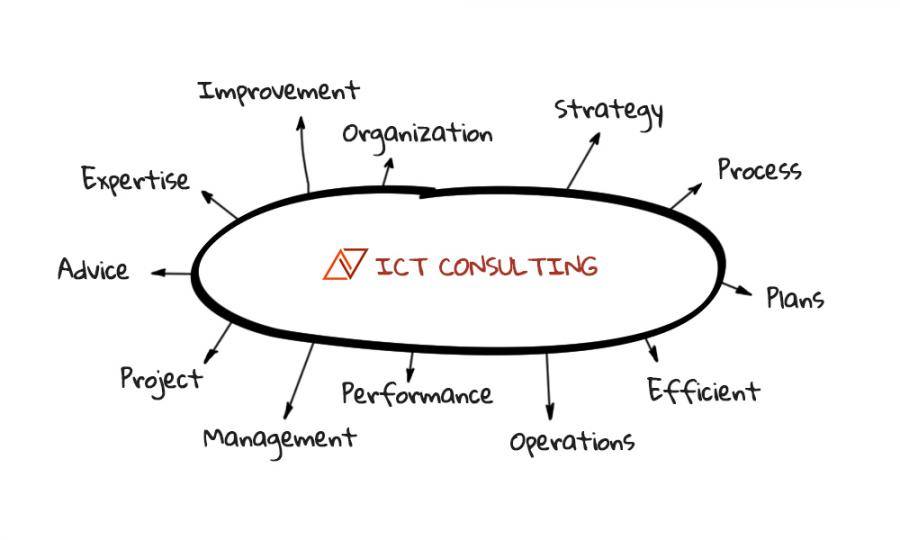
⇒ BOUTIQUE MANAGED SERVICES
- Network domain
- Linux domain
- Microsoft domain
- Virtualization domain
- Database domain
- DevOps-as-a-Service
CONTACT OUR TEAM OF PROFESSIONALS FOR A COMPLETELY FREE CONSULTATION
CLAIM YOUR FREE IT AUDIT & CONSULTATION SCHEDULE A CALL WITH OUR TEAM

